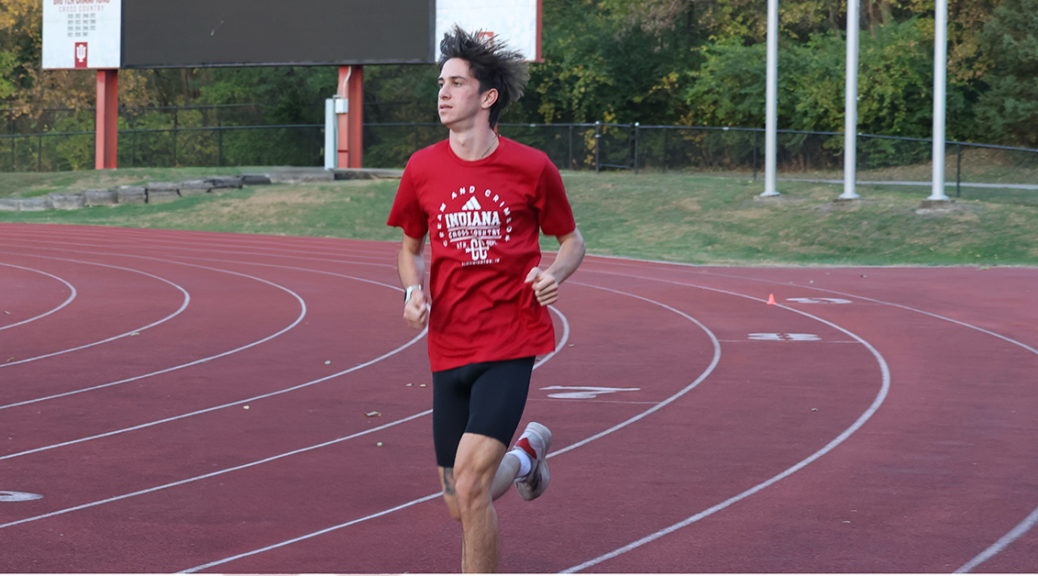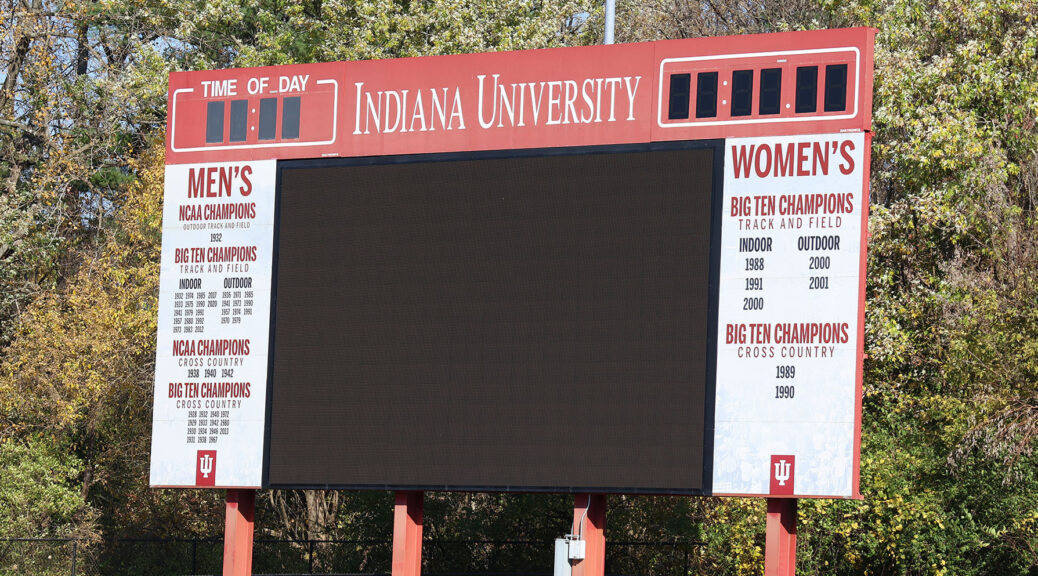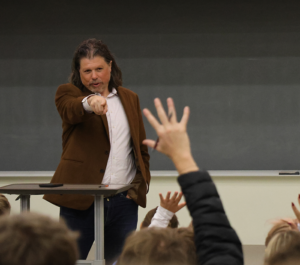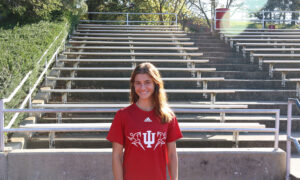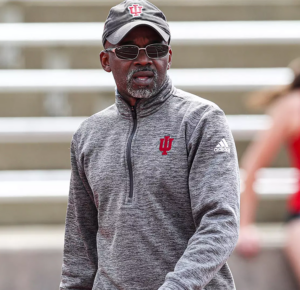Growing Numbers of NIL Brings Growing Concern
By Dylan Rome, Jeremy Weese and Olivia Zwack
BLOOMINGTON, Ind. (Nov. 5 2024)
In June of 2021, the collegiate sports world went through a significant shift in its long-standing argument: should student-athletes gain revenue from their name, image, and likeness (NIL)? Three and a half years later we have seen the unmistakable impact NIL is making on the culture of sports (especially college football). Players run the risk of being selfish teammates by choosing popularity from the public over team victories.
NIL deals are altering the traditional trajectory from high school through college to the NFL, blurring the strict lines the NCAA once maintained between collegiate and professional athletes.
Although athletes have been generating millions of dollars in revenue for decades, the Supreme Court did not overturn this ruling until three short years ago. The highly debated argument was finally settled, and athletes were able to receive compensation. It must be made clear this is not “pay to play”. The NCAA is restricted from paying athletes directly. Athletes can earn money through external tunnels like social media and commercials. For some players, NIL opportunities can make staying in college more appealing than entering the pros if their earning abilities skyrocket at a collegiate level.
Rookies enter teams with a substantial amount of financial value, an unknown dynamic and power shift. The NFL’s structure to a rookie contract in the first round centers upon a four-year term with a fifth-year extension option and salaries are determined by draft order. The big rewards came after a fourth or fifth year in the league emphasizing experienced and committed players. NIL deals have destroyed the value system where athletes can now earn money as early as high school.
The days are over when draft day symbolizes the first financial reward for an athlete’s hard work, dedication, and talent. For high-scouted players, it marks a continuation of earnings and something way less significant.
In an interview with Aaron Lord, a track and field athlete here at Indiana University, he explained his experiences with NIL deals and observations from being in the NCAA. “Instead of them [college athletes] staying for 1 or 2 years in college and then signing a pro contract, players are staying longer in the NCAA,” Lord said. Previously, athletes weren’t permitted to earn money until reaching a professional level whereas now they have an opportunity to financially benefit more in college.
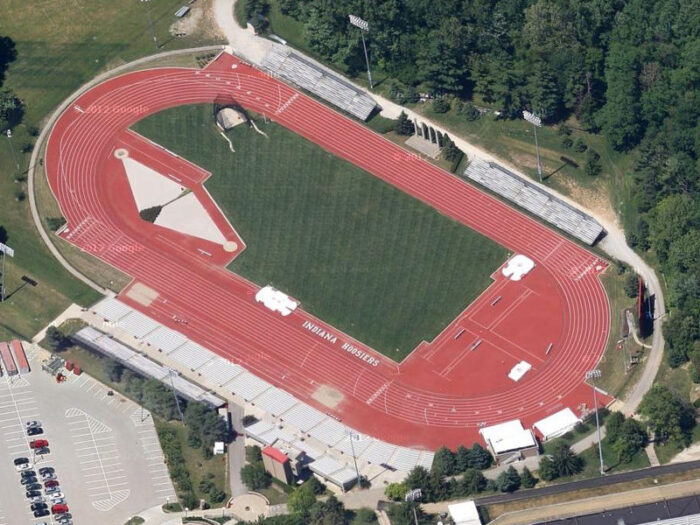
Lord said, “People who normally wouldn’t come into the NCAA are coming in now even internationally to try and make some money.” He described how track and field has been gaining traction across the globe. However, international athletes struggle to profit from NIL due to U.S. visa restrictions. While NIL opened doors for U.S, athletes, international students are restricted from these opportunities. The NCAA still offers exposure and the highest quality training for international athletes.

Dr. Clavio, an expert in NIL and head of sports media at Indiana University, stressed the challenges of balancing social media and being a college athlete by saying, “It’s pressure if you’re a college athlete with a social media following to maintain your audience and build upon your audience… and then there’s everyone else trying to catch up.” This quote highlights the chase for recognition on social media which can compete with getting better at your sport.
Along with striving for maximum financial compensation as a college athlete, Clavio said, “The quarterback elected to transfer because if he was indeed promised that money and it was not delivered, why should he stay?” Financial compensation is not promised at a professional level, forcing an athlete to bet on their abilities. In college, players can maximize their economic window with NIL. Uncompensated talents such as the example of a quarterback transferring show imperfections in NIL and room to improve.
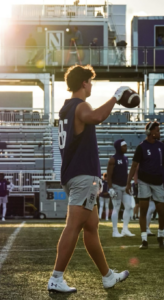
Interviewing Patrick Shaller, a highly scouted freshman tight end on Northwestern football team he stated, “The big names look at their floor in the league [NFL] and their celling at college and decide the best financial decision”. The quote exemplifies a newly provocative financial question: should athletes stay in college longer? Shaller said, “I can already see college football becoming an unfair atmosphere where players stay longer than they need”. Before NIL, players leave college as early as possible to maximize financial earning now the phenomenon of staying keeps highly-skilled players in the NCAA.
The future presents an uncertain line between college and professional sports. The fear of unambitious colligate sports continues to rise.
Passersby in Bloomington share their thoughts on the latest NIL rulings. Many were eager to share their take on the latest news.
Cover Image: Aaron Lord, a track athlete at Indiana University, rounds a turn at one of his track practices. Lord has personally been affected by the latest NIL rulings.
Cover Image Credit: Olivia Zwack


